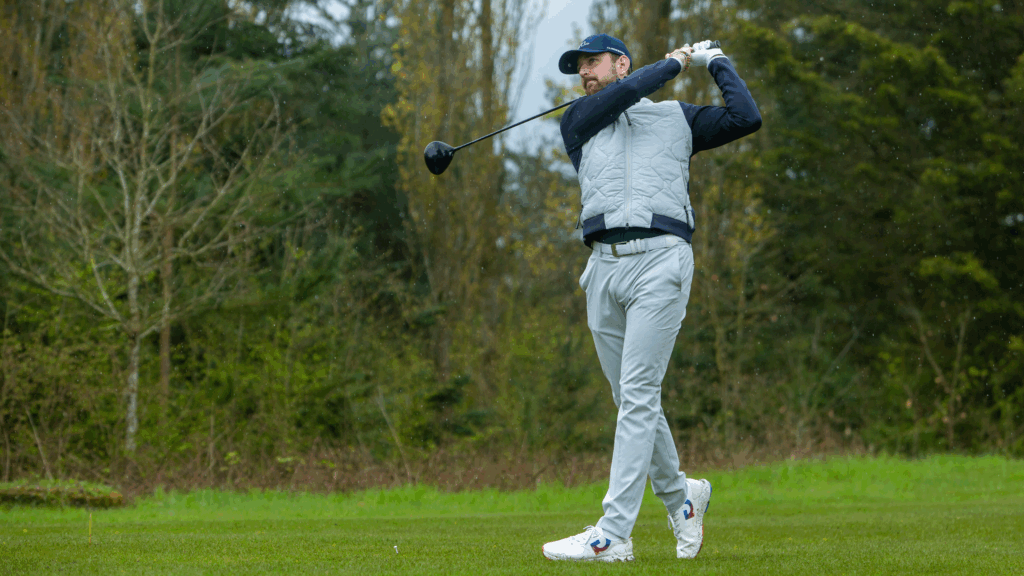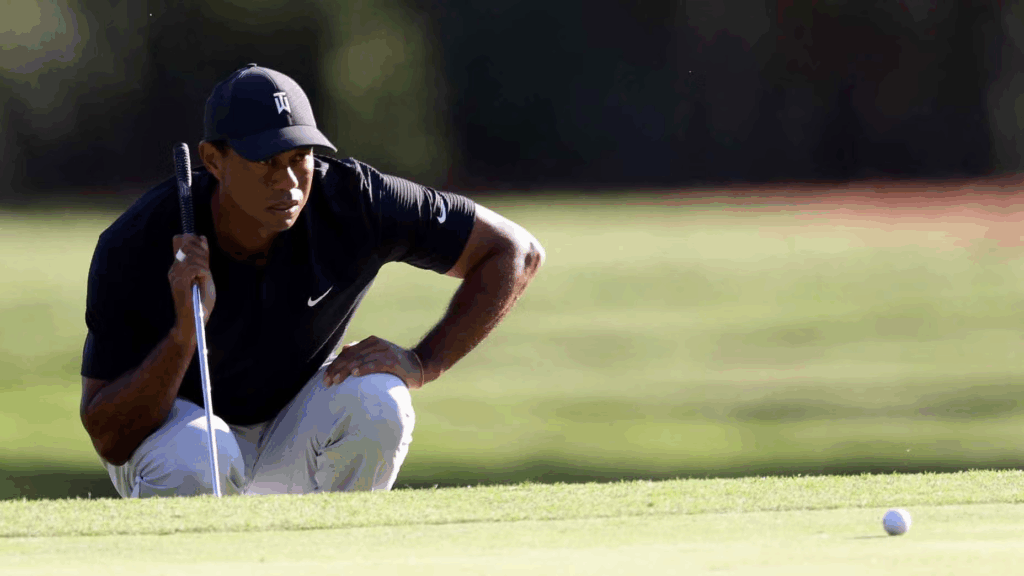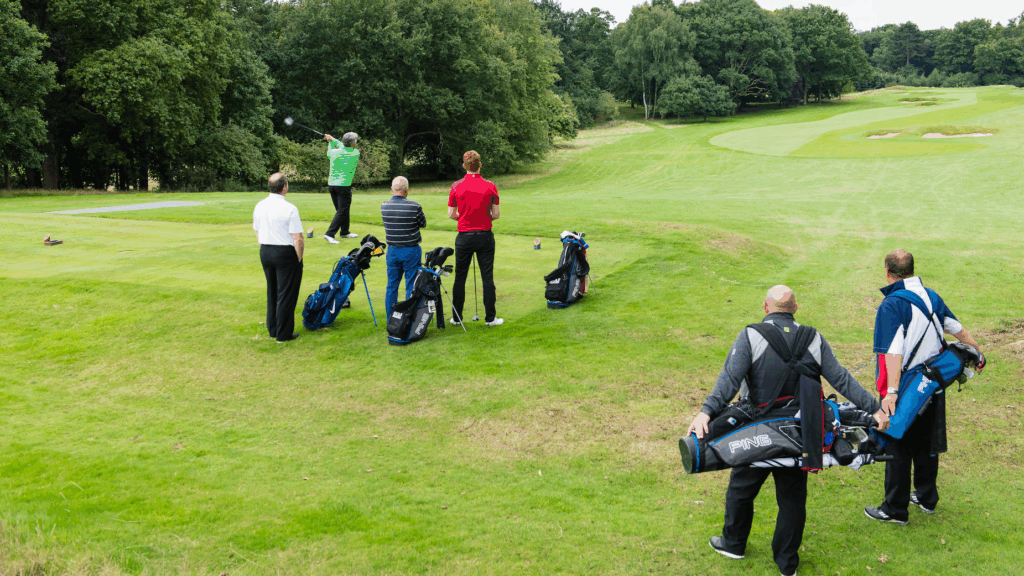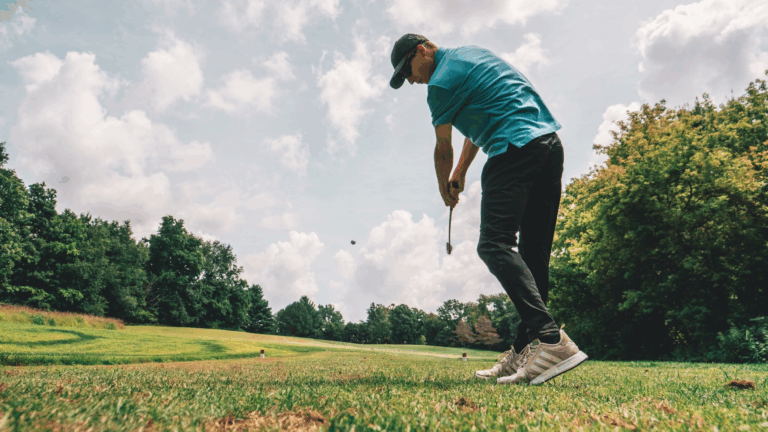Pace of play has become one of the most talked-about topics in golf. Whether you’re teeing it up on a busy Saturday morning or trying to squeeze in nine holes after work, one thing is certain—no one enjoys waiting on every shot.
But speeding up doesn’t mean rushing or playing anxious, hurried golf. In fact, the best players are usually the most efficient, not the fastest. They move with purpose, stay ready, and make decisions quickly—all without sacrificing their rhythm or routine.
Here’s how you can play faster golf without rushing your game.
Be Ready to Hit When It’s Your Turn
This might be the most effective (and most overlooked) tip in golf. You don’t have to stand over your ball with club in hand before it’s your turn—but you should be thinking through your shot while others are playing theirs.
What club will you hit? What’s the yardage? Where’s the wind coming from? How does the lie look? You can answer all of that while walking to your ball or while your playing partners take their turns.
Then, when it’s your shot, you’re not starting from scratch. You’re stepping in and swinging.
Keep Your Pre-Shot Routine Simple
You don’t need to eliminate your pre-shot routine—just tighten it up. One or two rehearsal swings are plenty. A quick visual of your target. Step in, commit, and go.
Most players could trim 5–10 seconds from every shot without noticing a difference in performance. Across 18 holes, that adds up.
Keep in mind: a solid, repeatable routine is great. But if it’s dragging on longer than a shot clock in a Tour event, it might be time to dial it in.
Play “Ready Golf” (Especially Off the Tee)

Unless you’re playing in a tournament or match play format, there’s no need to stick to strict honors. If you’re ready and it’s safe—go. Most courses and playing partners appreciate it, especially in recreational rounds.
Same goes in the fairway. Don’t wait for the furthest player to hit if you’re ready and not in their line. Everyone appreciates the player who keeps things moving without being pushy.
Drop a Ball and Move On
There’s nothing wrong with taking a minute to look for a lost ball—but if it’s slowing down the group or you’re holding up the course, take your drop and move on.
Keep a couple of spare balls in your pocket and don’t be afraid to reload. It’s better to take the penalty stroke and keep pace than to hold up three groups behind you digging through the weeds.
Park Your Cart Smarter
This one’s simple but makes a difference. When you’re approaching a green, park your cart or place your bag on the side closest to the next tee. That way, when you’re done putting, you’re not doubling back and slowing everyone down.
It’s a small habit, but across an entire round, it saves real time—and other players will notice.
Be Efficient on the Greens

You don’t need to rush your putts. But while others are lining up, you should be too. Get a read while they’re putting, mark your ball quickly, and be ready to go when it’s your turn.
Tap-ins should be tapped in—no need to mark a 12-inch putt unless you’re playing by strict rules. And if you’re out of the hole, feel free to pick up and move on. It keeps things flowing and shows respect for the group.
Walk with Purpose—Even If You’re Not Playing Fast
You don’t need to sprint around the course, but a brisk walk between shots signals that you’re engaged and keeping pace. Even a small increase in pace—10–15 seconds per hole—can shave 10–15 minutes off a round.
This goes for both walkers and riders. If you’re in a cart, drop one player at their ball and drive to the next shot. Share clubs if needed and keep the group progressing forward.
Know When to Wave a Group Through

If your group falls behind and there’s a gap in front of you—let the faster group behind play through. It’s not an admission of poor play; it’s a sign of awareness and course etiquette.
Keeping pace benefits everyone. If you’re struggling on a hole, pick up and rejoin on the next tee. No shame in it, especially when it keeps things moving.
Final Thoughts
Speeding up your play isn’t about rushing. It’s about eliminating wasted time, staying mentally engaged, and moving with a purpose. When you do that, you not only help your own rhythm—you help the group and the course as a whole.
Golf is meant to be enjoyed, but it’s even better when it doesn’t take five and a half hours. Play smart, play ready, and the game flows a whole lot smoother.

